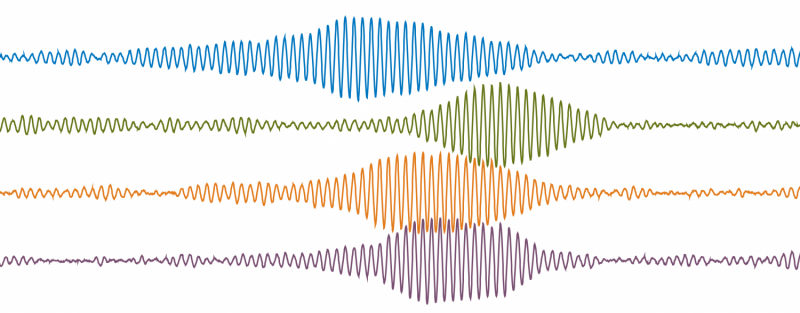Mathematical simulations shed new light on epilepsy surgery

Results from an unexpected quarter is could help neurologists to identify which brain region to remove to eliminate an epilepsy patient's symptoms. Mathematicians from the University of Twente, together with researchers from the University Medical Center Utrecht, have shown that it is sensible to examine the interconnections between different brain regions closely, instead of searching for abnormal regions only. The results of their study were published in the scientific journal Epilepsia.
About 100,000 people in the Netherlands suffer from epilepsy, a disorder characterized by recurrent seizures. In two thirds of patients, the disorder responds well to medicinal treatment. In some cases, surgical removal of a small brain region is the best option.
However, the region in question varies from one patient to another. This poses neurologists with a dilemma – exactly which region needs to be removed? In many cases, they select regions of brain tissue that – in an MRI image, for example – appear to have an abnormal structure. Mathematicians from the University of Twente, together with researchers from the University Medical Center Utrecht, have used computer simulations to show that it may sometimes be better to remove regions with a normal appearance rather than 'abnormal' brain tissue.
Jurgen Hebbink, one of the researchers involved, points out that "Our model yields insight into the key role that the network structure can play. In our simulations it is sometimes more effective to remove a normal, strategically located region of the brain than an intrinsically abnormal region."
Simulations
In their study, Hebbink and his co-workers ran computer simulations of four different brain regions, each producing its own brain signals. By connecting the regions together in different ways they were able to demonstrate how the signals from one region affect those from the other regions. This particular model only simulated a limited number of brain regions. Nevertheless, it still provided key insights into how signals from one region can influence those from other regions.
Jurgen Hebbink says that the ultimate step in this study is to simulate the entire brain of an individual patient in the computer. You could then use that model to identify the region to be removed, to produce the best results for that particular patient. "The advantage of a computer model is that you can experiment on it as often as you like. In the real world, you can only do that once."
More information: Jurgen Hebbink et al. Phenomenological network models: Lessons for epilepsy surgery, Epilepsia (2017). DOI: 10.1111/epi.13861



















